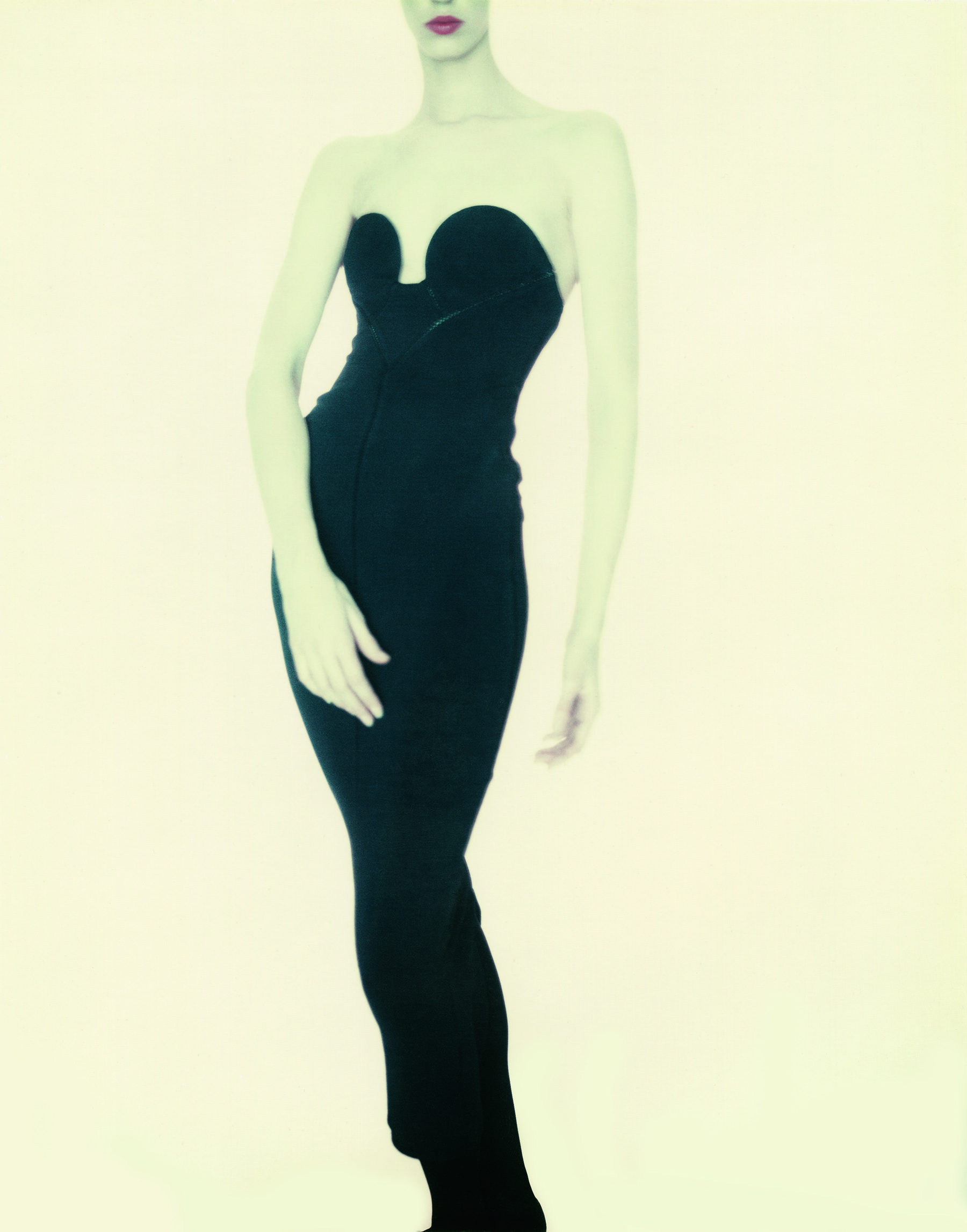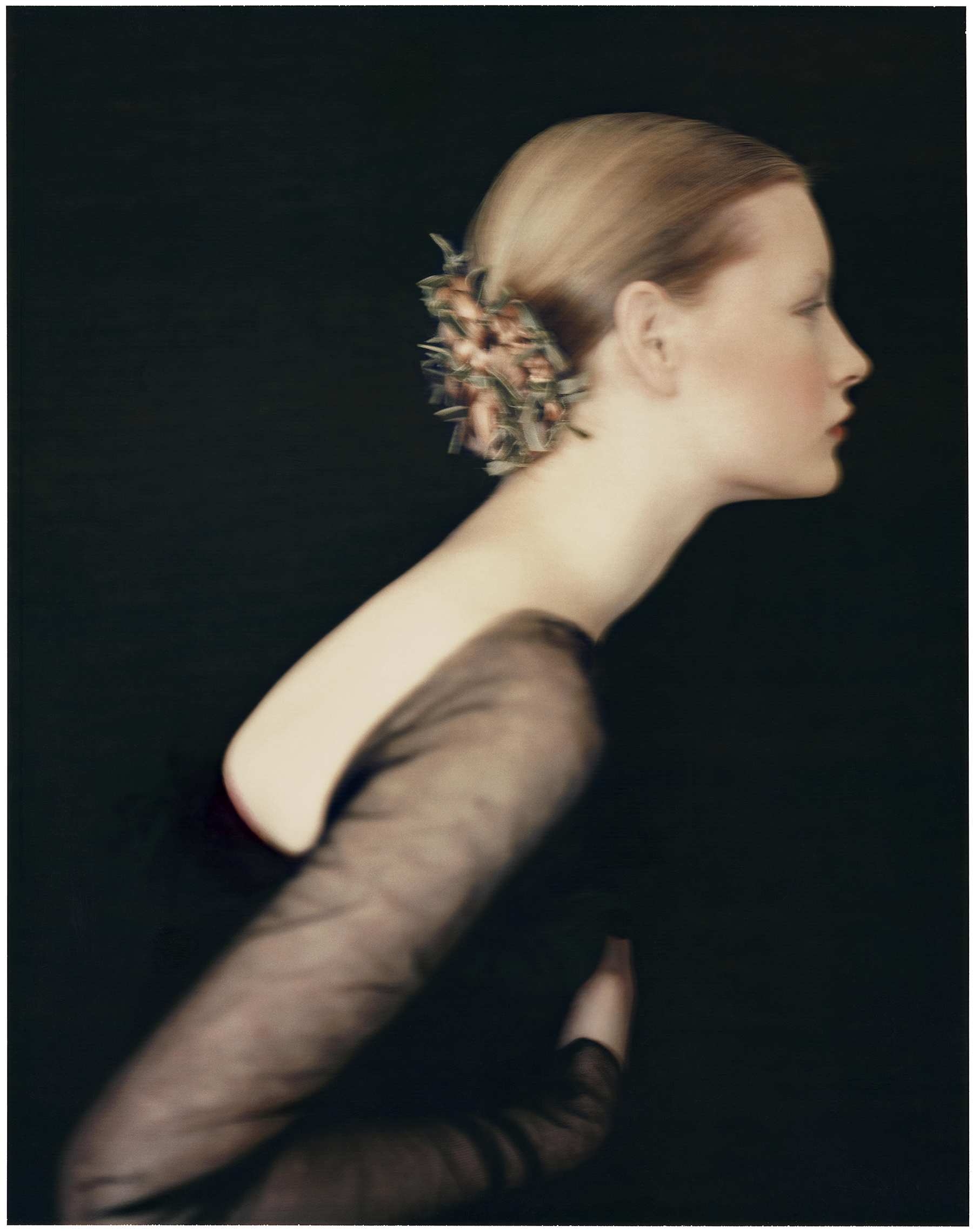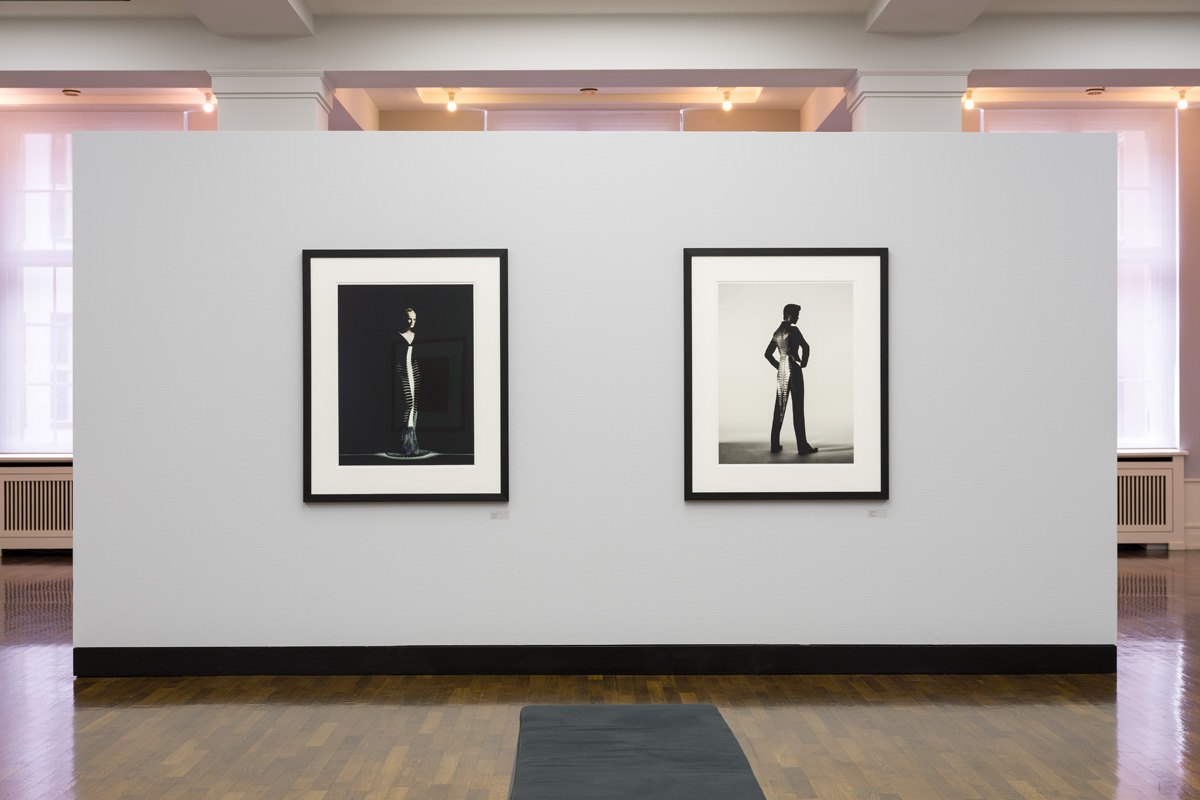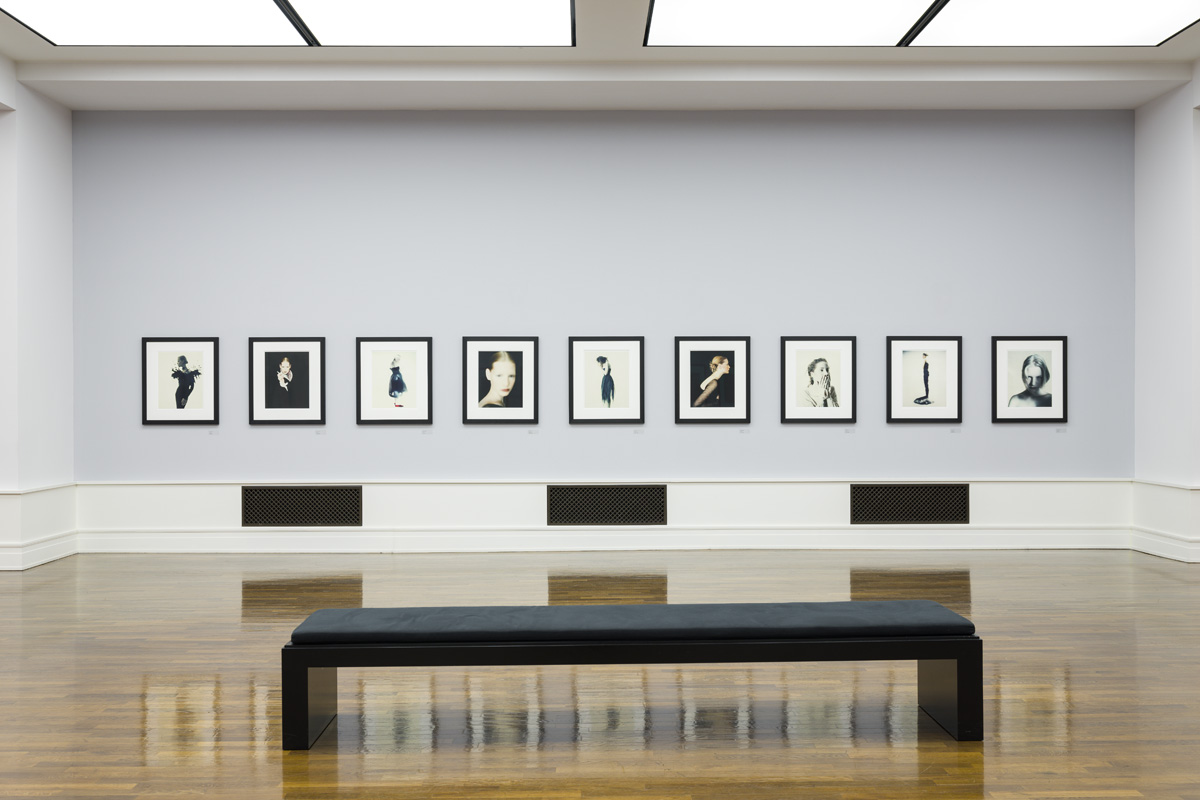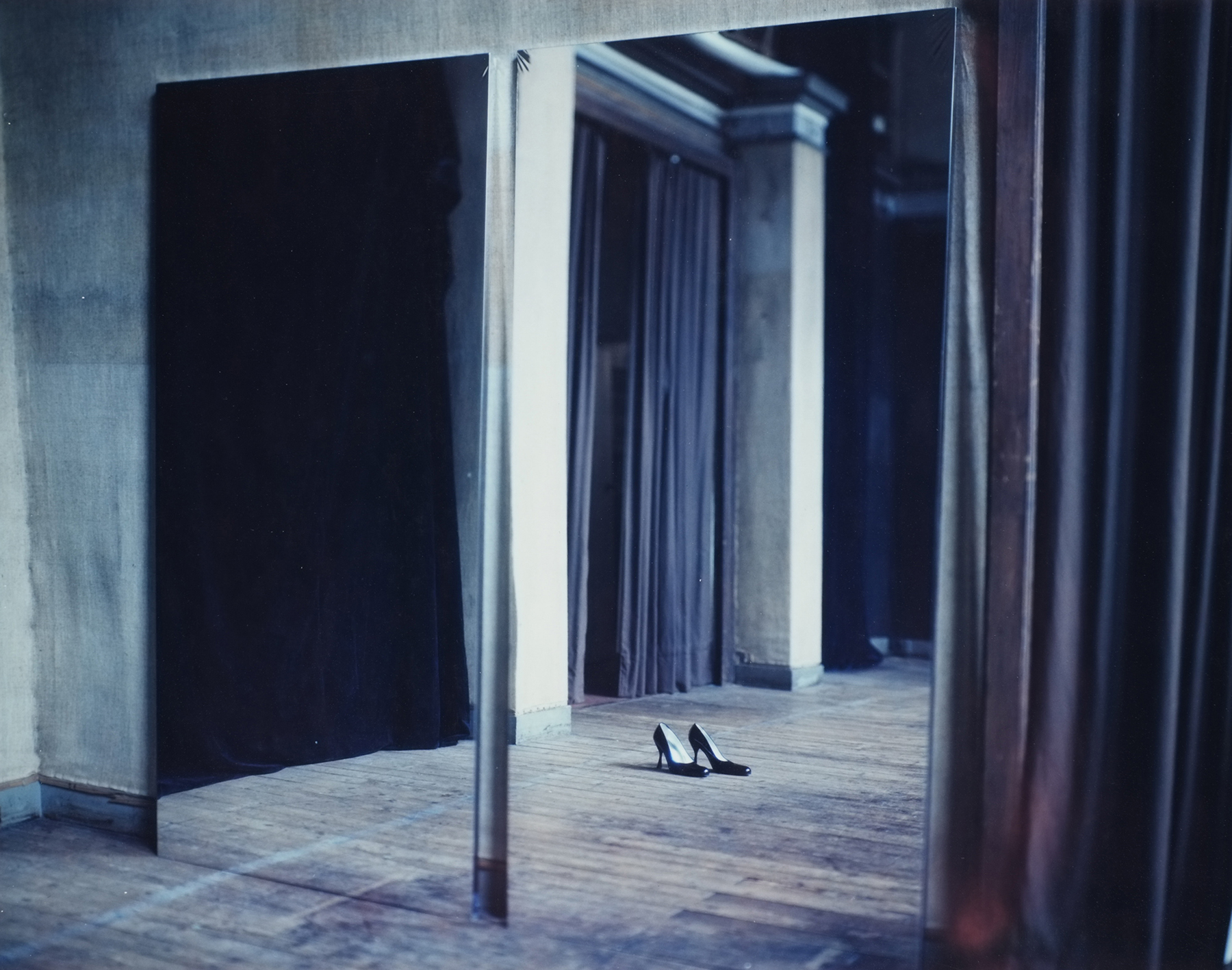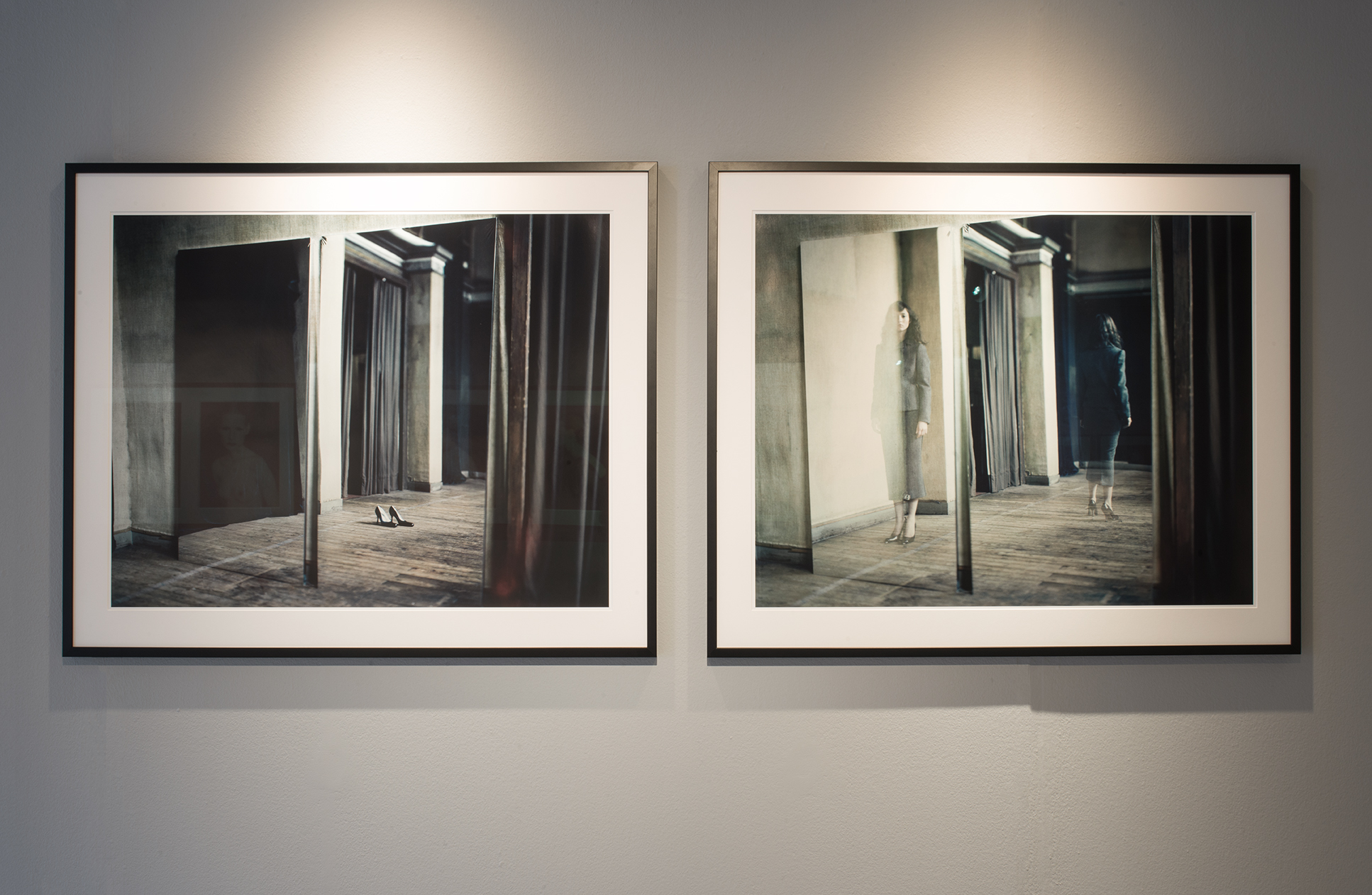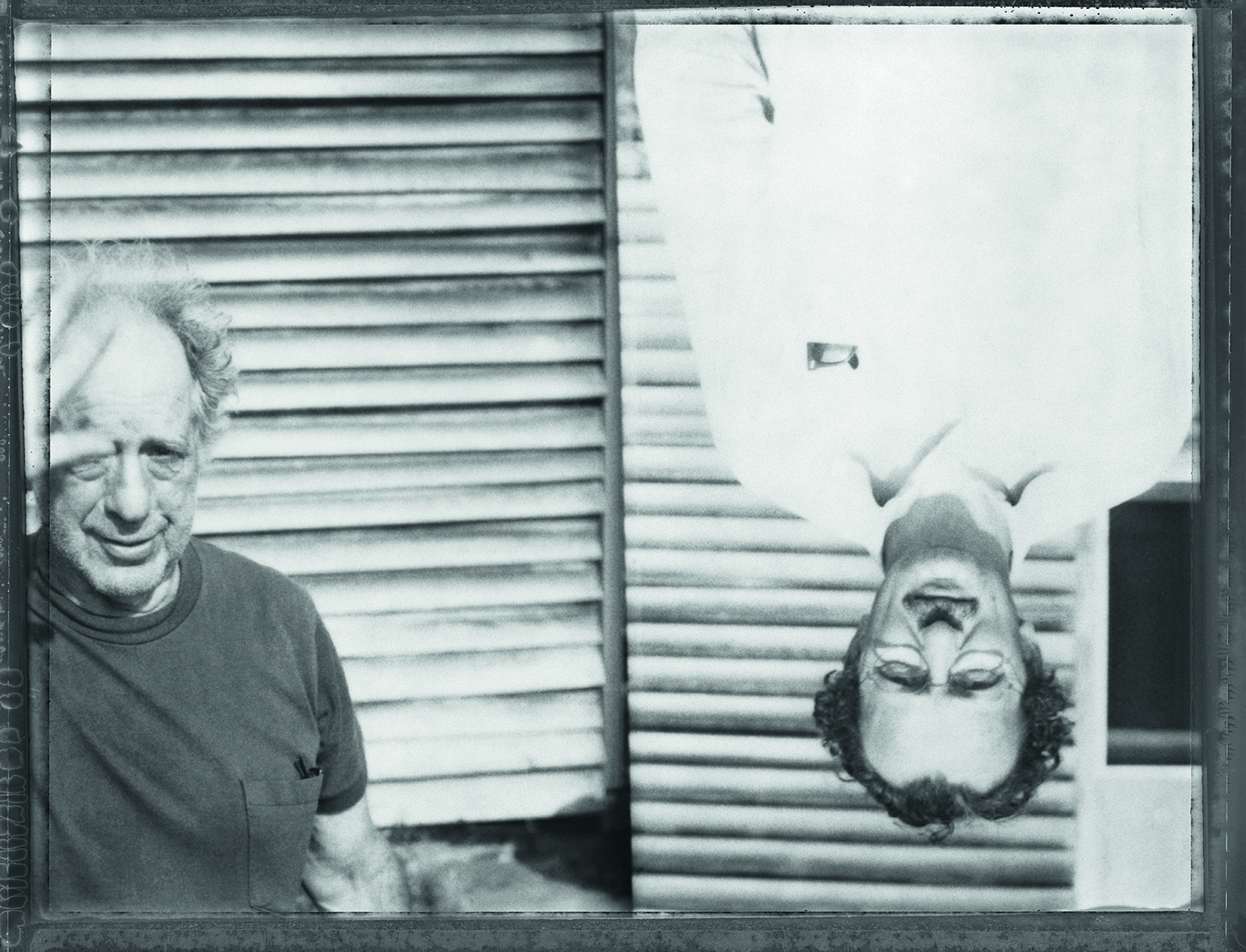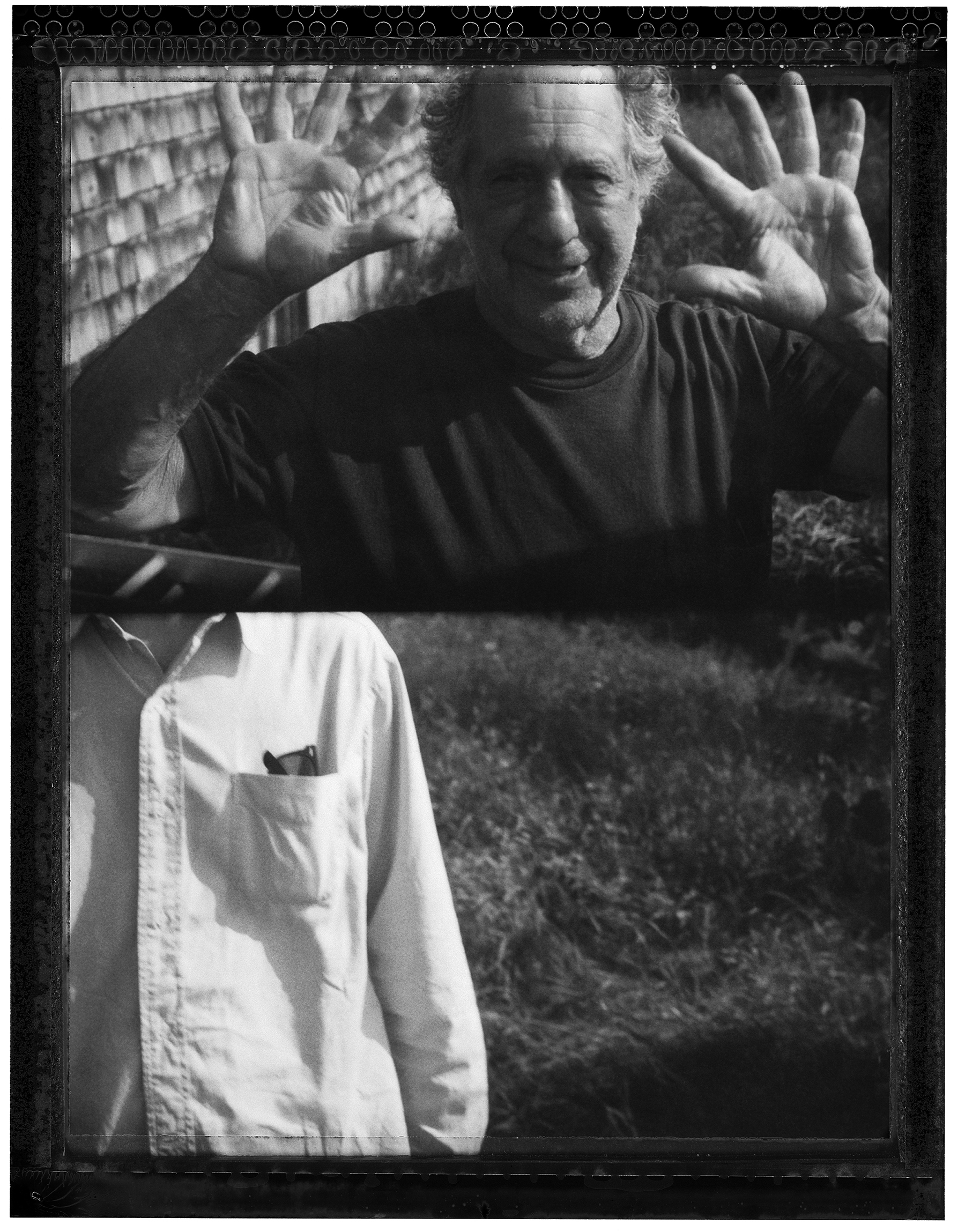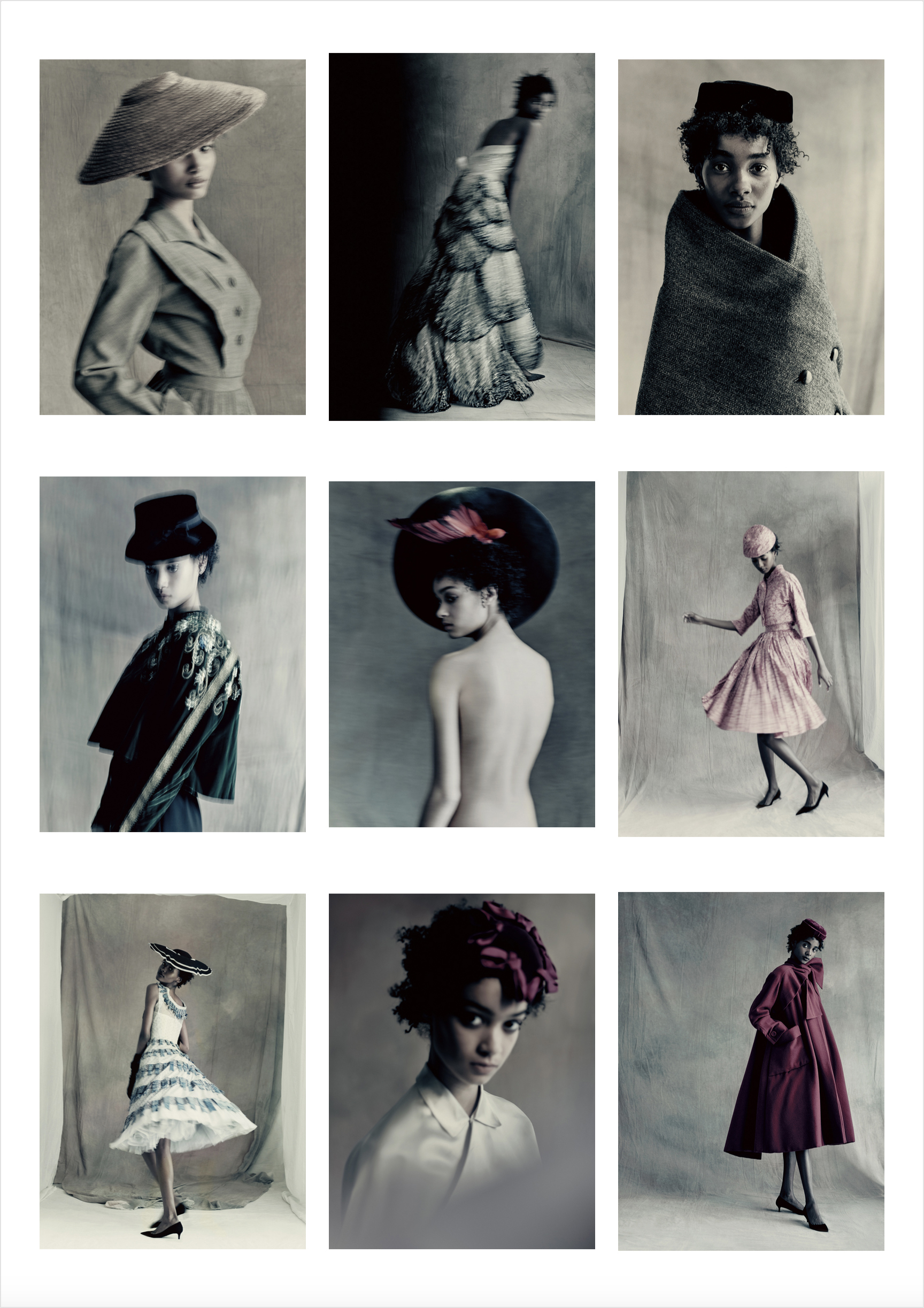The Elusive Pursuit of Beauty – Exclusive Interview with Paolo Roversi
Paolo Roversi’s signature poetic images have graced the pages of leading fashion magazines such as Vogue, Elle, Marie Claire, W Magazine and Vanity Fair with campaigns for the most important fashion houses, including Yohji Yamamoto, Azzedine Alaïa, Comme des Garçons, Christian Dior, Yves Saint Laurent, Hermès, Giorgio Armani and Valentino. His trademark aesthetic is distinctly recognizable and characterized by a nuanced feeling for light, shadow, coloration and texture. While others scream for your attention, his images proffer a quiet moment of reverential beauty.
Roversi has had nearly 20 international solo exhibitions and published 9 monographs. Currently, his work is included in “Between Art & Fashion: Photographs from the Collection of Carla Sozzani” at the Helmut Newton Foundation (see review). One large gallery displays his work in dialogue with Sarah Moon’s to great effect, their gorgeously romantic images fluent in the language of fashion and beauty. The Impression’s Dao Tran sat down with him for an impromptu chat about putting your heart in your work, the essence of style, the elusive pursuit of beauty, keeping the mystery, and what keeps him alive.
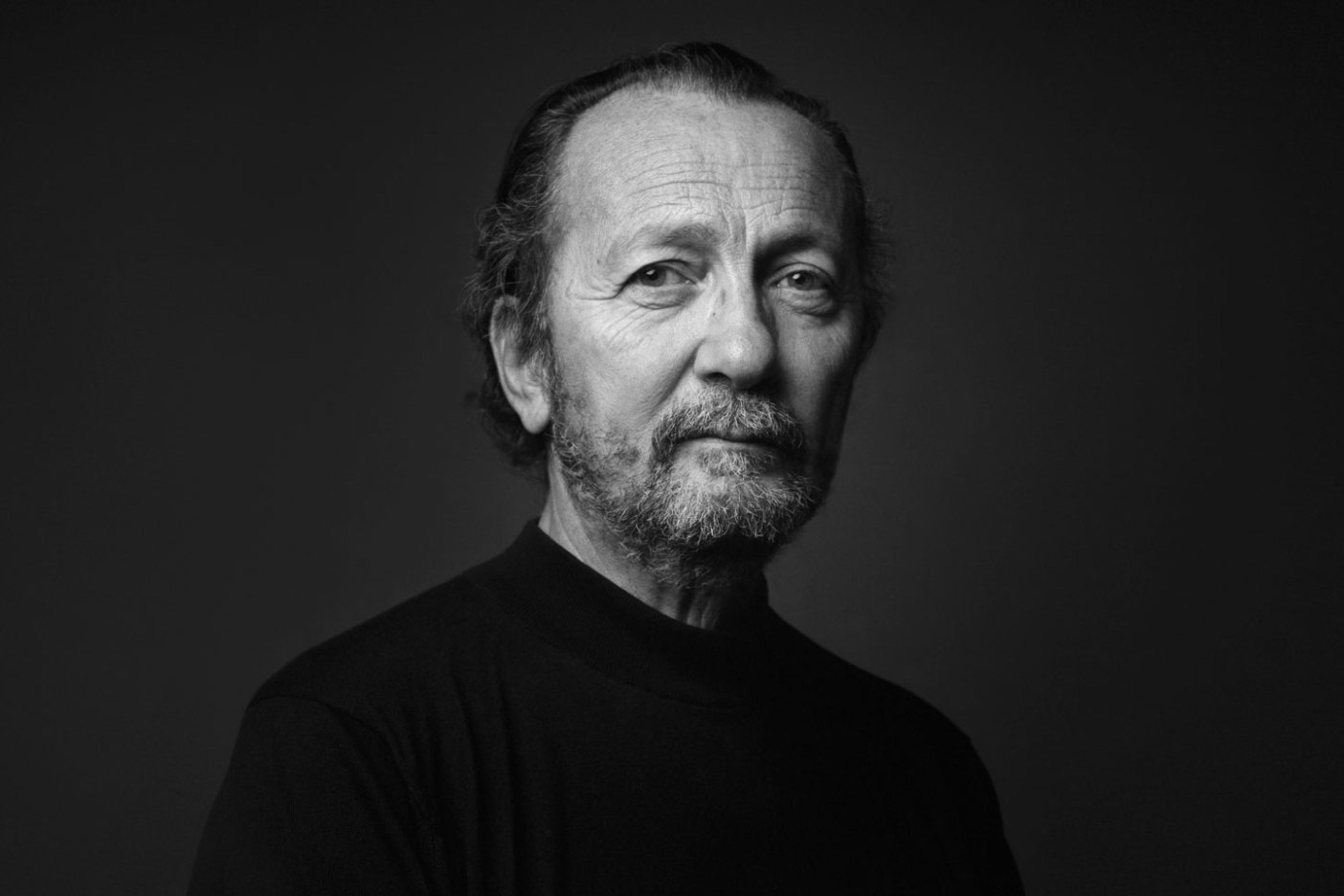
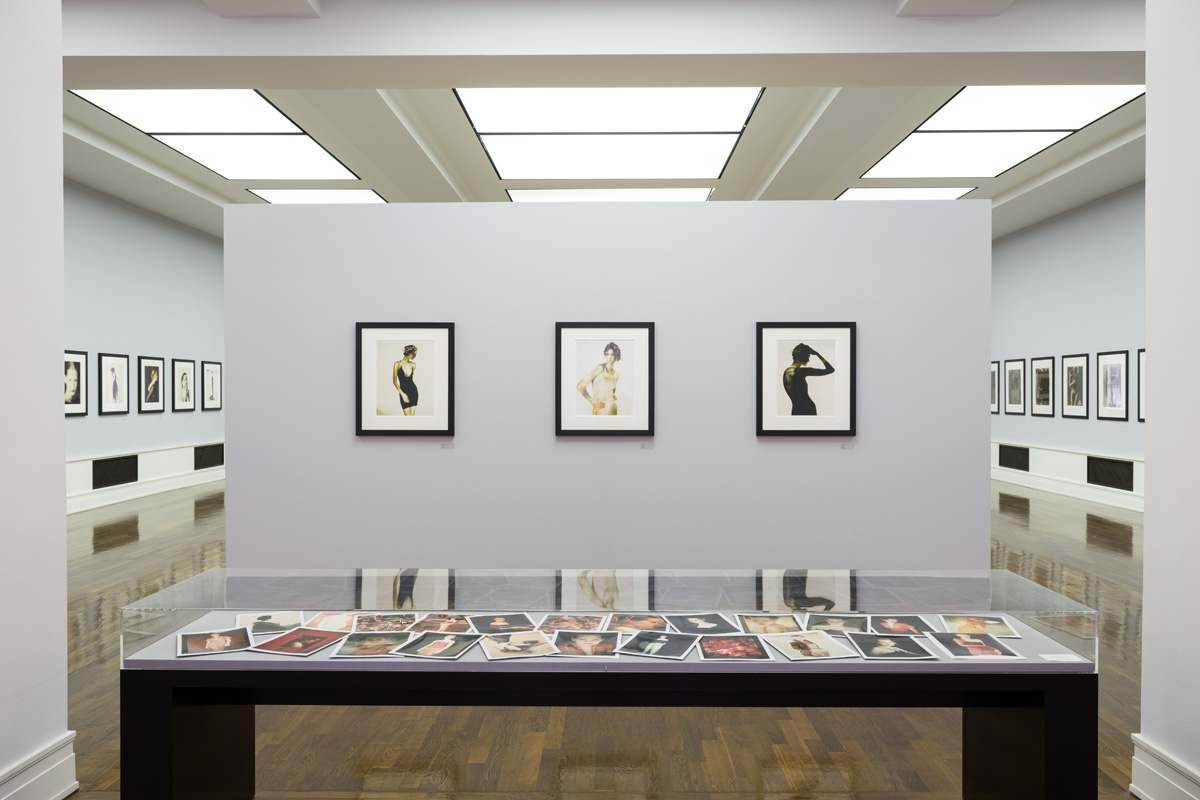
Dao Tran: It’s a great honor to meet you. Thank you for making the time so spontaneously. Can you talk about how you started with photography?
Paolo Roversi: It was by chance. I was on a trip in Spain and I was taking pictures like any tourist. Then I came back to Ravenna, my place in Italy, developed the pictures and I liked them. I thought wow, I like this picture I made, then I fell in love with photography.
Dao Tran: Wonderful. What camera did you start out with?
Paolo Roversi: It was a little camera, a Minolta. A little tourist camera, you know, like everyone had at the time.
Dao Tran: How did you get into fashion?
Paolo Roversi: Fashion started in Paris. In Ravenna, at my place, I was doing portraits of friends, of girls, and then I met Peter Knapp, who was the Art Director of Elle Magazine in Paris. By chance I met him at the house of a friend, a painter in Italy. I showed him my pictures and he said to me, ‘Why don’t you come to Paris and assist me for a while?’ So I did that. And I stayed in Paris.
I discovered fashion in Paris. I had some friends working in fashion and they were involved in the fashion world in Paris. Before Paris, I didn’t know anything about fashion.
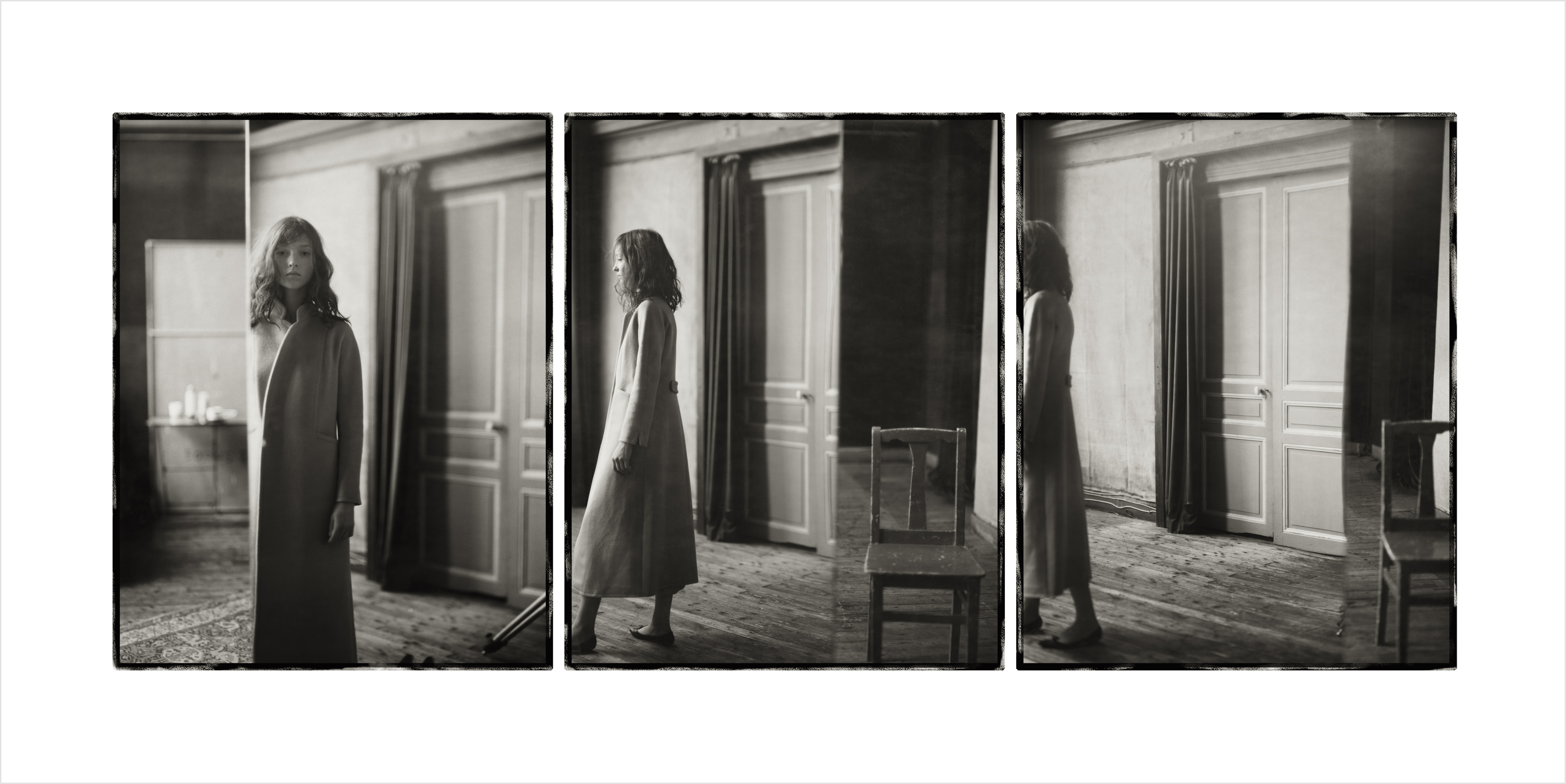
Dao Tran: Did you ever study photography?
Paolo Roversi: Never. Never.
In Paris, I became the assistant of Laurence Sackmann, who is an English photographer who was working in the late 70s for Marie Claire, Vogue, etc. I learned a lot from him. I was his assistant for 9 months. I was also learning a lot watching the work of the other photographers, Helmut [Newton], Sarah [Moon], [Guy] Bourdin, [Richard] Avedon, [Irving] Penn.
Dao Tran: Well, now you’re one of the great fashion photographers, like them.
Paolo Roversi: In my own way, I have evolved a little bit, yes.
Dao Tran: You’ve developed a very distinct style and coloration and lighting. How did that come about?
Paolo Roversi: You know, I think style is not something you decide to do, it’s not something technical. I think your style is your soul. And it comes after taking picture after picture, working. If you work in an honest way, a sincere way, if you put your heart in your work, that is your style. Your heart is your style.
Dao Tran: Do you pursue personal projects outside of fashion photography?
Paolo Roversi: You know, for me, everything is personal. My fashion photography is personal photography for me. Even if it’s on commission, I always do it with my spirit, with my eye. So there’s no difference, no gap between my personal and not personal photography.
Dao Tran: What are the changes that you have observed, being in the industry for so long?
Paolo Roversi: Huge changes. The entire world is huge changes. All the communication, huge changes the last years with the internet, with Instagram, with all those things. Even the relation with the image has completely changed. The relation with fashion has changed. Everything is faster. Maybe the idea of the auteur or the fashion designer has changed. Like a Chanel bag – maybe you don’t even know that the designer is Karl Lagerfeld or that Dior is Maria Grazia or this picture is from Sarah Moon.
Dao Tran: Speaking of auteur, photography nevertheless is an art and you have to know how to take pictures and do the lighting and the staging and the setting and everything. It just can’t be everybody on Instagram taking photos on their camera.
Paolo Roversi: I don’t think we are all photographers. There are many many cameras around the world, but not so many good photos. Just because you have an iPhone and press the button doesn’t make you a photographer. Just because you cut holes in your jeans doesn’t make you a fashion designer. I don’t think it’s that. I think photography is a real language and you have to learn to speak it and you have to learn to express yourself through this language.
Dao Tran: Have you changed to digital?
Paolo Roversi: Yes, I changed. I think the technical part is not so crucial, you know, you can adapt yourself to another technology and it’s not that.
Dao Tran: With the internet and social media, everybody requires photographers to work with film as well. Do you work with film?
Paolo Roversi: Yes, I work with film. I’ve worked with film many years. Of course it’s different. It’s a different language.
Dao Tran: How did you start working with film, what was your first project?
Paolo Roversi: Very personal. Memories from my childhood, a kind of diary, a kind of childhood diary. I’m a very nostalgic person. And romantic.
Dao Tran: That’s very palpable in your images. You talked about your aesthetic friendship with Carla, that you share a common sensibility for beauty, elegance, femininity, and you see with the same spirit, heart, eye. That she herself is the image of grace, an example of the ideal woman. You concluded with: ‘It is this dream of beauty that I have always pursued in my work.’ I think that captures it, essentially.
Paolo Roversi: You know, for me, beauty is a big mystery. As is grace. Grace is a big mystery. And sometimes, I feel I’m close to catching it. And as close as I am, the more I feel lost. So I don’t know. I am always almost there and then…
But I like to keep the mystery, you know? There is nothing logic in my work. It’s not about logic, it’s not about definition, you can’t put it into words. I don’t want to put it into words. It’s very vague, it’s dreamy, it’s out of focus. I like to keep everything out of focus every time.
You know [Julia] Margaret Cameron, the British photographer, said, ‘When I turn my bellows up and down, I don’t stop turning when it’s focused, I stop when it’s beautiful.’ That’s beautiful. I love it. I tell this to everyone. Because beauty is more important than focus. Beauty is more important than everything.
Dao Tran: That’s what keeps you searching.
Paolo Roversi: Yes. It keeps me alive.
Dao Tran: Thank you very much for being so gracious with your time.
Paolo Roversi: With pleasure. Thank you.
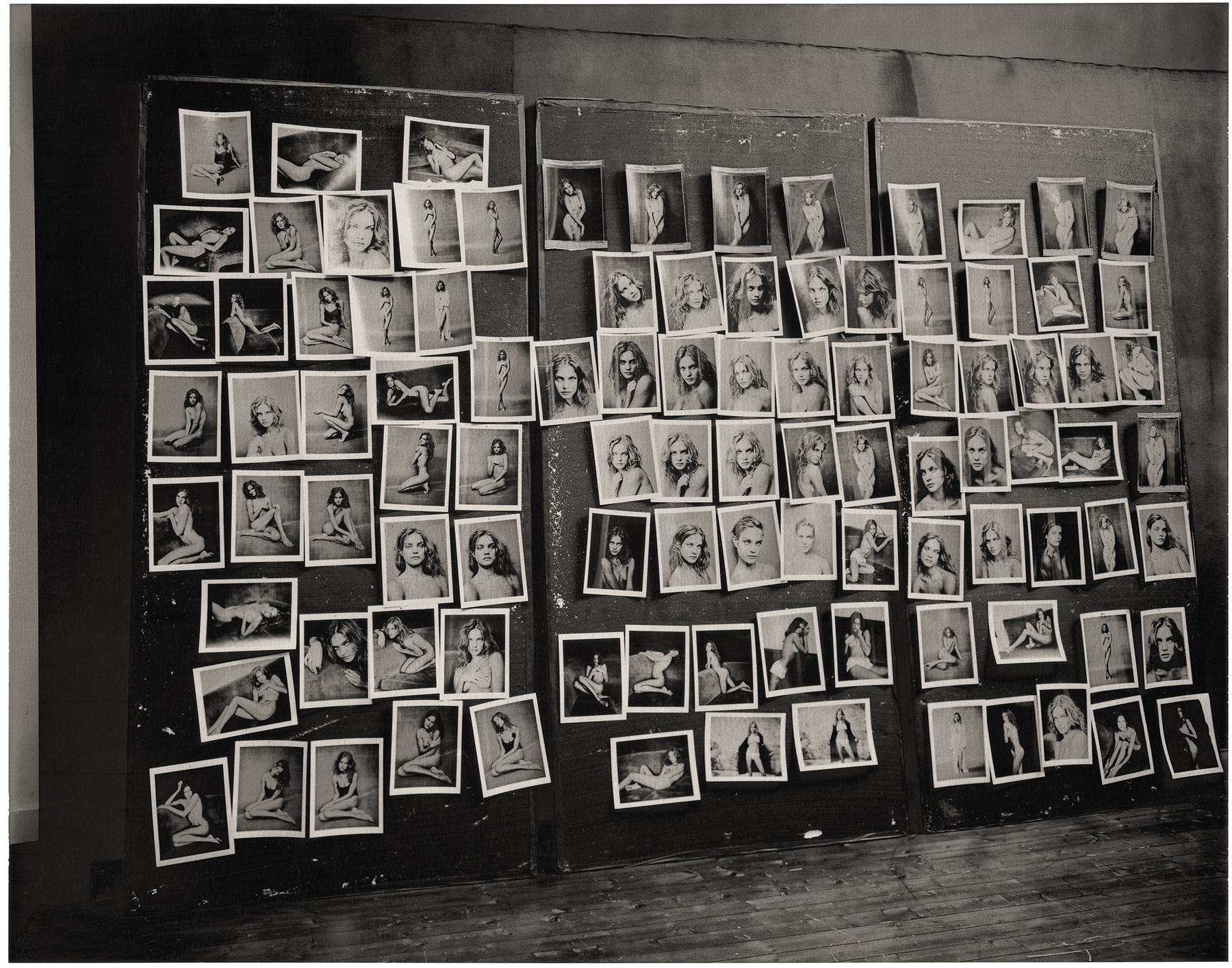
Gallery Photos | Gerhard Kassner Photography

